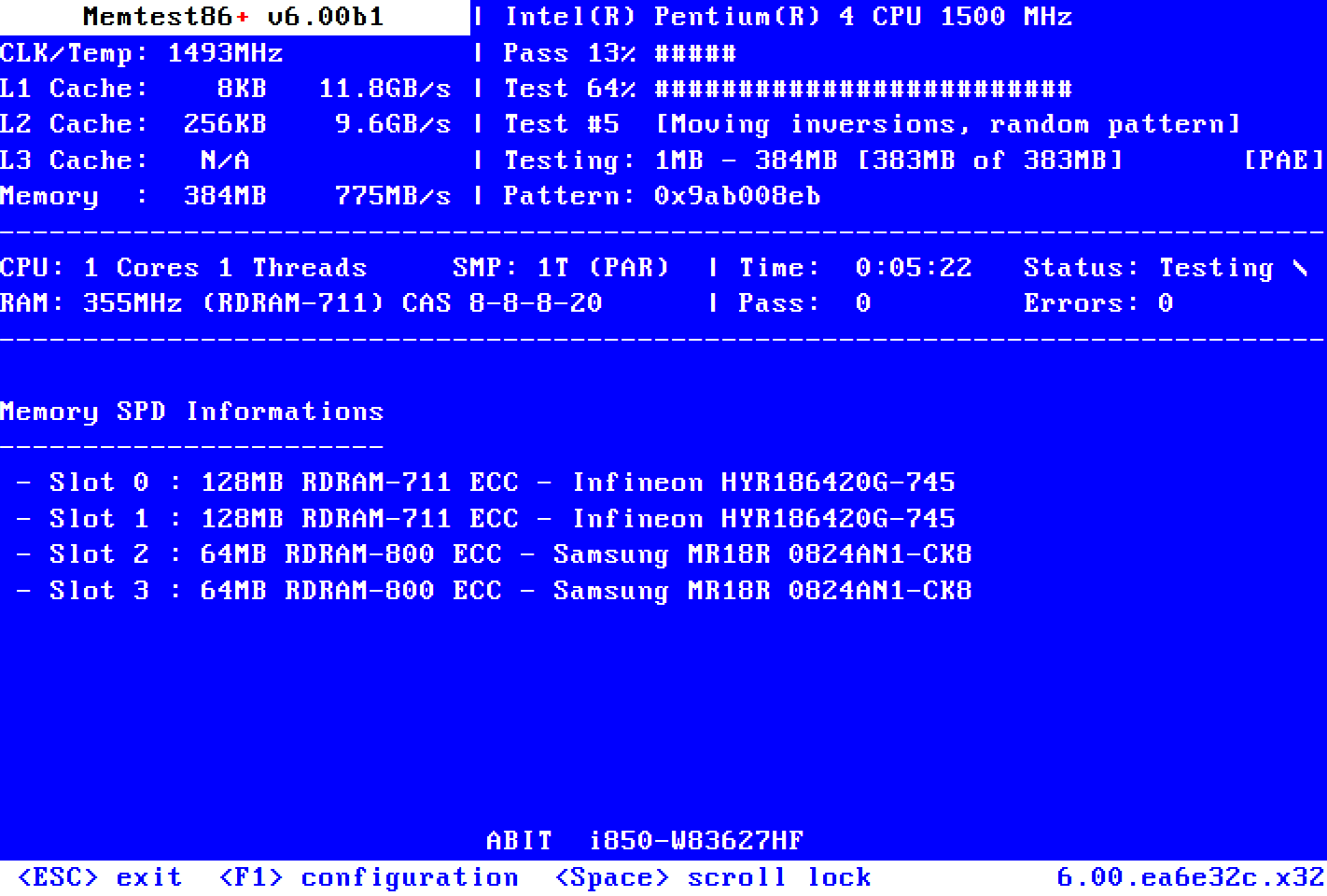I'm new to the AMD world of desktops and am getting quite frustrated with RAM and motherboards. It's not like Intel where you turn on XMP and boom it works. I've been reading for 4 hours and am just caving and asking here.
RAM: Two identical Kits of VENGEANCE RGB 32GB (2x16GB) DDR5 DRAM 6400MT/s CL32 Memory
CPU: AMD 7800x3D
MB: Asus TUF x670e-plus
Per the MB manual it only supports 32GB? I can get 64GB to boot but no Expo. Not Expo I or II. Despite the RAM having XMP and the board supporting XMP it's not there.
I tried dropping the clock down while keeping it at 1.4v, Enabled the Context whatever it is called in both places and it gets a little further but it still black screens at 6000Mhz. Not going any lower.
32GB and Expo works fine and is stable.
A few people suggested doing 2x32GB instead of 4x16GB because achieving CL32 let alone CL36 will be unlikely with 4 DIMMs?
Is that worth trying 2x32GB or is 32GB likely the best I can hope to achieve at frequency and low clock? Should I get a different board? I have to choose from 1 of the 3. The trip to Microcenter is a long fricken trip that I don't want to have to make again.
Before anyone asks why I need 64GB, because developers are getting lazy and sloppy and have seen a few games where the recommended is 32GB, it's only a matter of time before the minimum becomes 32GB.
RAM: Two identical Kits of VENGEANCE RGB 32GB (2x16GB) DDR5 DRAM 6400MT/s CL32 Memory
CPU: AMD 7800x3D
MB: Asus TUF x670e-plus
Per the MB manual it only supports 32GB? I can get 64GB to boot but no Expo. Not Expo I or II. Despite the RAM having XMP and the board supporting XMP it's not there.
I tried dropping the clock down while keeping it at 1.4v, Enabled the Context whatever it is called in both places and it gets a little further but it still black screens at 6000Mhz. Not going any lower.
32GB and Expo works fine and is stable.
A few people suggested doing 2x32GB instead of 4x16GB because achieving CL32 let alone CL36 will be unlikely with 4 DIMMs?
Is that worth trying 2x32GB or is 32GB likely the best I can hope to achieve at frequency and low clock? Should I get a different board? I have to choose from 1 of the 3. The trip to Microcenter is a long fricken trip that I don't want to have to make again.
Before anyone asks why I need 64GB, because developers are getting lazy and sloppy and have seen a few games where the recommended is 32GB, it's only a matter of time before the minimum becomes 32GB.
Last edited by a moderator:


